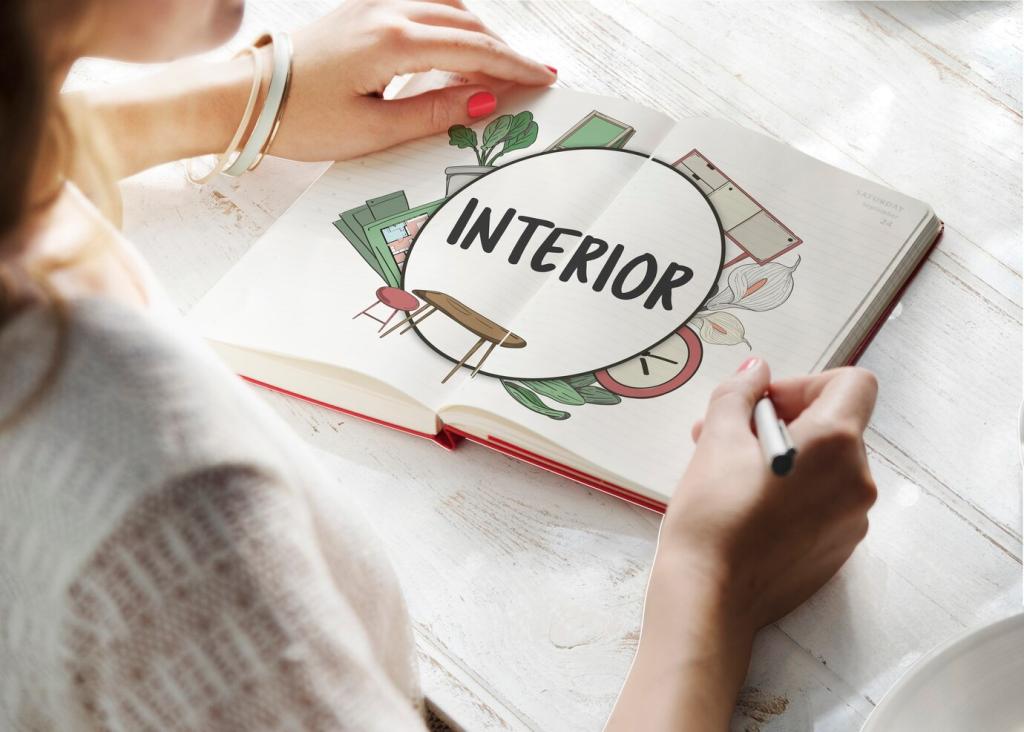Storytelling that Sells the Space
Frame projects as human stories: a cramped kitchen becomes a conversation-friendly heart of the home. Describe original constraints honestly, reveal decision points, and highlight small victories that make the reveal emotionally satisfying and educational.
Storytelling that Sells the Space
Write beyond sight. Note the hush of wool rugs, the cool touch of honed marble, and the warmth of evening light. Sensory detail anchors memory, making readers pause, share, and save projects for future reference.









